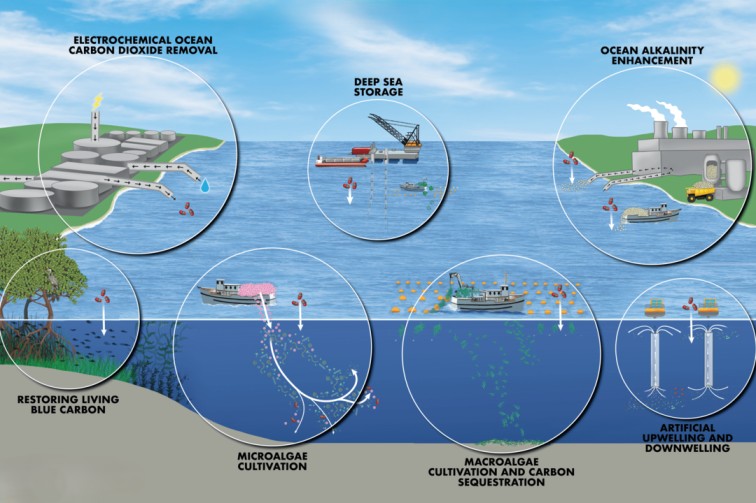Microsoft, Carbon Direct Release Standards for Marine Carbon Removal
Microsoft and Carbon Direct launch science-based criteria to guide safe, scalable marine carbon dioxide removal projects.
Microsoft Corp. and climate science firm Carbon Direct on Tuesday unveiled new science-based criteria to ensure high-quality marine carbon dioxide removal, aiming to boost environmental integrity and scalability in a nascent sector seen as key to hitting global climate goals.
According to a statement, the guidelines are designed to help buyers and developers of ocean-based carbon removal solutions deploy transparent, durable and scientifically rigorous technologies as investment in the space accelerates.
“With rapid technological progress and increased investment, marine carbon dioxide removal has the potential to deliver durable, large-scale CO₂ removal — potentially billions of tonnes per year in the coming decades,” said Brian Marrs, senior director of energy markets at Microsoft.
Focus Areas
The criteria focus on critical aspects such as social and environmental impact, long-term durability of carbon removal and robust measurement and monitoring systems.
They also address the risks of leakage, baseline assumptions and community engagement —elements considered vital in maintaining the integrity of carbon credit markets.
The move comes as the Intergovernmental Panel on Climate Change stresses the urgent need to increase carbon removal efforts.
The panel estimates that 5–10 billion metric tonnes of CO₂ must be removed from the atmosphere annually by midcentury to limit global warming in accordance with the Paris Agreement.
“mCDR is at a pivotal moment,” said Dr. Matthew Potts, chief science officer at Carbon Direct. “Achieving high-quality outcomes requires rigorous monitoring, transparency, and scientific integrity to ensure safe and effective deployment.”
Ongoing Commitment
Microsoft, which has been investing heavily in carbon removal to meet its net-negative emissions goal by 2030, has worked with Carbon Direct since 2021 to develop standards across a range of carbon removal technologies.
The companies said the mCDR criteria will be updated annually to reflect advances in science and market practices.
The guidance is expected to support responsible development of marine-based solutions, such as ocean alkalinity enhancement and biomass sinking, amid growing scrutiny over their environmental impact and effectiveness.

